
Well, now you’ve done it. Overcooked a switchback, misjudged an off-camber turn, or just plain crashed — hard. Not just “ring-your-bell-so-you-can’t-remember-your-own-zip-code” hard, but “ligament-tearing, bone shattering, time-to-go-to-the-ER…NOW!” hard. Or, it could be that several “minor” get-offs have resulted in a chronic condition that makes getting on the bike less and less appealing with every passing year. Perhaps age and wear and tear have rendered you “INOP” after a long slog to keep riding, regardless of the pain.
Either way, you’re now hobbled at work, you’re on the receiving end of unending taunts (or worse, pity) from your riding buddies, and to cap it all off, there is a litany of “I-told-you-so’s” awaiting you at home, courtesy of your Significant Other.
Sometimes you’re just such an asshat…
What now? Well, Bunkie, if there is surgery or plaster in your future, now it’s time for a period of what the physical therapists refer to as “active rest,” at the least. Or maybe you’ll be bed-ridden short-term, with weeks or months of physical therapy in your future, at the worst.
Bottom line is that you can’t ride. At all. Not for awhile.

Since you’re down for the count, you have several options. There’s always the old stand-by, like binge-watching Game of Thrones… again. Or you could be conscripted into organizing You-Know-Who’s recipes or the family photo album. And while you might be tempted to contribute to the infamous Ben & Jerry’s Easy Weight Gain program, there are other, better alternatives on the table.
Here are at least six things that you can do to occupy your time, mind, and mountain biking cravings while you’re rehabbing that injury:
1. Sell a Bike

If only for pure spite, you might consider selling the bike that threw you. Seriously, if your bike is more than 3 years old, it might be time to move on. New mountain bike technology marches at an incredible pace — “Split Pivot,” “Zero Pivot,” Pivot LES, Di2, 27.5+, 29+, 1×11, 1×12, Boost Spacing, XD drivers, etc., etc., etc. — the mind boggles. And while you’re assessing the overall technology quotient of your mountain bike, take a look at every one of your bikes. If there’s one (or two, or three) that you don’t ride much and that you don’t have a sentimental attachment to, it might be time to thin the herd. No riding means time available to tidy things up, clear some space in the garage.
2. Buy a Bike

As a reward for actually completing the required rest and PT needed to get back out there, treat yourself to a new ride. Off-the-bike time can be used to research what’s appropriate for your skill level and the trails you ride; and, to address the shortcomings you’ve discovered in your other bikes. What’s more precious: light weight or traction? Speed or comfort? Style or substance? Since you’ll have so much more room in your now-empty bike shop, you can be dreaming about which bike you’re going to buy that will complement your freshly-serviced body part. Hint for the old guys and those with screws, plates, and pins: full suspension rules!
3. Plan an Epic Trip

Downtime means idle hands, which as we all know are the devil’s playground. When everything is said and done, a road trip is the only real tonic that will compensate for months of physical therapy and confinement. Completing a multi-day adventure like riding the Kokopelli, or competing in a more serious race like The Trans-Sylvania Mountain Bike Epic, would be an excellent post-recuperation goal to stay focused and motivated in physical therapy. Even something as simple as targeting a trail system the next state over would give you an added boost to see you through the dark times.
4. Build Your Unaffected Core/Upper Body/Legs

All the biking publications and websites talk about how important upper body and core strength is to being excellent on the bike. With a bum leg, it’s a great time to work on abs, shoulders, back, and arms. If you’ve jacked up your wrist, shoulder, or collar bone, get to the gym to maintain the strength in your gluts and quads and calves. It will help you recover faster and get you back in the saddle sooner. You can also use your downtime to research cross-training regimens that will help you prevent or minimize injuries in the first place. Feel the burn?
5. Watch the Tour de France

…or some other Grand Tour classic on sports cable or YouTube. There are highlights of most seasons of the UCI Mountain Bike World Cup available on the web. If you’re a YouTube maven, spend some time compiling a YouTube mountain biking skills playlist. Watching instructional videos on honing your bike handling skills will whiling away hours, if not days, of your recovery time. Added bonus: watching other people crash falls into the “misery loves company” gestalt. “Getting better” while you’re getting better is time well spent. Vicarious biking is better than none at all.
6. Read Singletracks.com

And of course, to help with all of the above, a daily read of Singletracks.com can’t hurt!

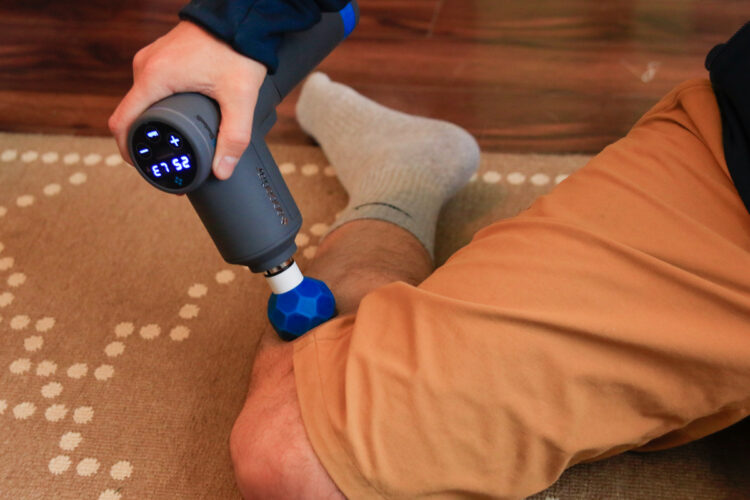



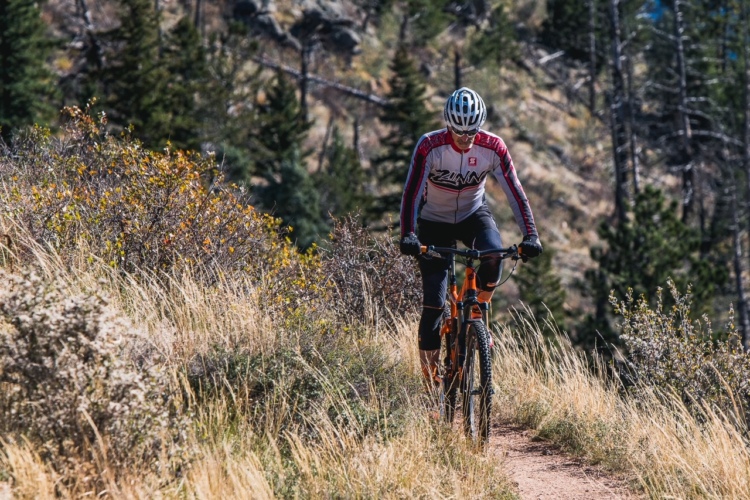
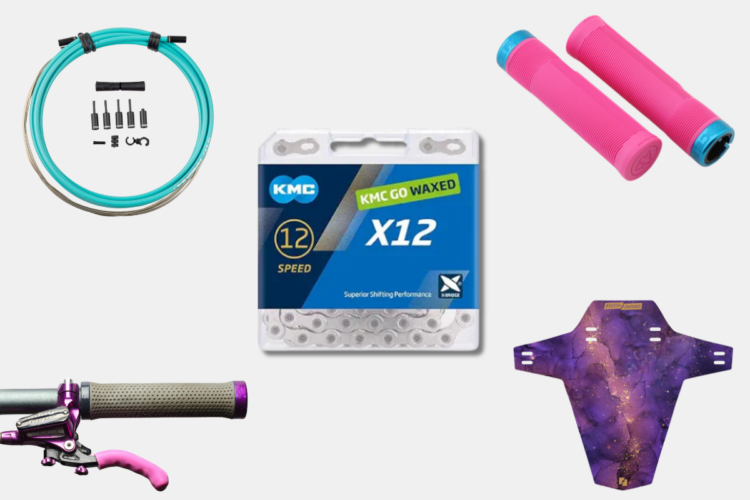
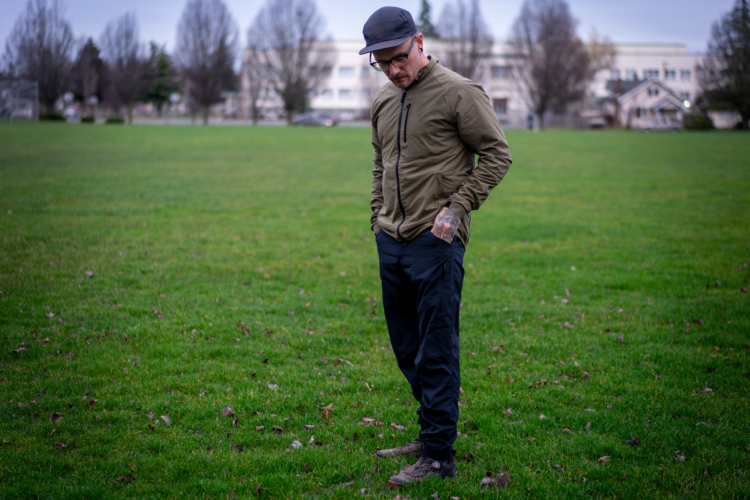
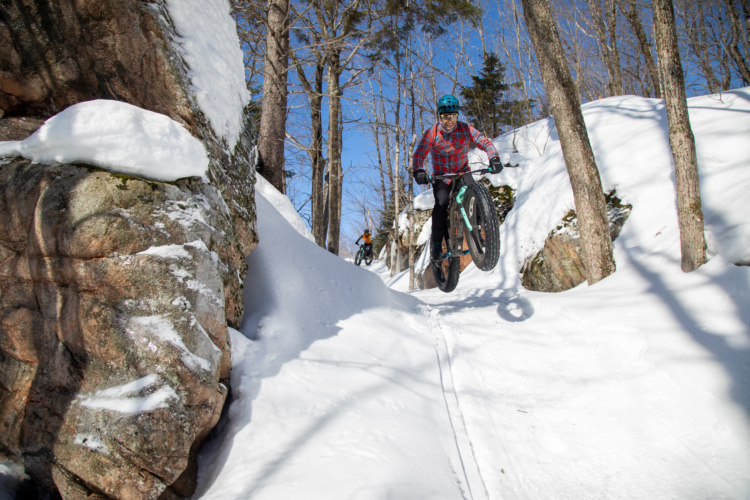

0 Comments